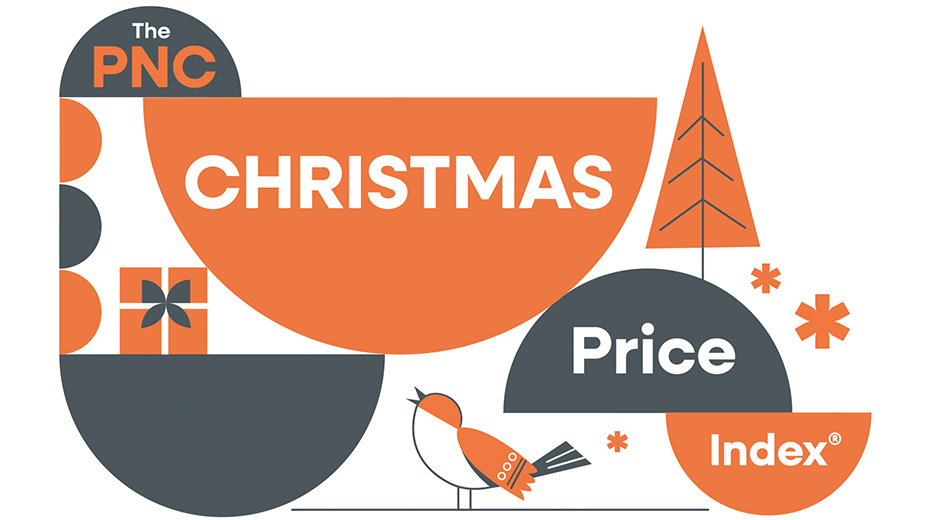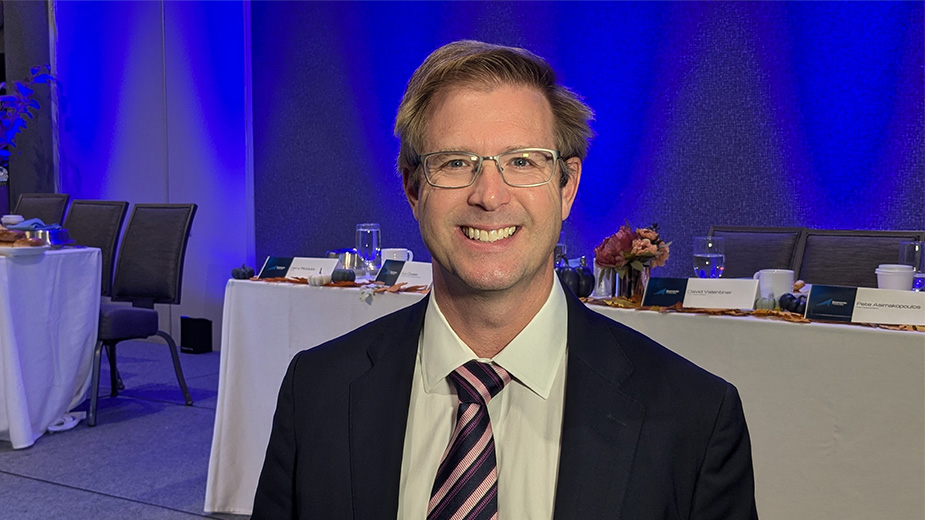Inflation May Be Declining, but Perceived Inflation Can Slow Recovery
CLEVELAND – Americans list inflation as the second most important problem in the country , according to a Gallup poll released at the end of January, and the Economic Confidence Index has remained in negative territory since July 2021.
Perceived inflation can continue to impact actual inflation despite efforts by the Federal Reserve to bring inflation down.
With the highest inflation in four decades at the start of 2023, four experts from the Federal Reserve Banks addressed concerns during a FedTalk Monday morning.
“If inflation is high and persistent, and if somehow firms and consumers begin to incorporate this in their behavior, that may raise their inflation expectations. That may then impact the price setting behavior, the prices that firms charge, the wages that laborers are demanding,” said Robert Rich, senior economic and policy adviser and director for the Center for Inflation Research of the Federal Reserve Bank of Cleveland. “That is very much the situation that we want to avoid at the Fed because we recognize that higher inflation expectations will make it more difficult to bring inflation down.”
Those on the conversation discussed that much has been learned from the newest bout with inflation, which began because of the pandemic. Rich said the pandemic caused central banks and governments to be concerned, and they reacted by cutting interest rates and adding stimulus. However, consumer-spending habits dramatically changed away from the service sector to purchasing goods. That broadened to include the service sector, and then supply chain challenges began having an impact.
Rich said inflation in the cost of goods is declining, but there remain questions about whether it is going to continue to go down or remain where it is.
While we are now starting to see signs of inflation slowing, Edward Knotek II, senior vice president and director of research for the Cleveland Fed, pointed out it may take some time before policy makers can determine how quickly inflation is easing and how broad the decrease or leveling off has become.
A new Consumers Price Index is expected to be released today, which is based on the average household. Policymakers are expected to go through that document looking for signs of what is happening.
Brent Meyer, assistant vice president and economist at the Federal Reserve Bank of Atlanta, said policymakers go beyond just the indexes and also survey businesses and consumers to fully understand the trends. Then they attempt to determine where inflation is going.
In 2021, Meyer said it became clear inflation was going to last longer than initially projected, and it helped the Federal Reserve Banks to think about the situation over the long term as well.
Charles Gascon, a senior economist from the Federal Reserve Bank of St. Louis, noted by increasing interest rates, the Fed is attempting to reallocate credit and spending over time. By making it more costly to borrow money, consumers might possibly wait to spend money in the future, Gascon said.
There are things households buy regularly, which is where the consumers tend to notice changes the most – for instance, groceries as opposed to a product purchased every few years such as an automobile.
Gascon pointed out companies set prices to manage their own supply and demand, but set them only as high as people will still buy their products before switching to competitors.
In a survey done last February, Gascon said almost 90% of businesses believed they could pass on some of their higher costs to consumers. But now consumers are pushing back by buying lower-cost alternatives, he said.
Gascon said CPI has been elevated the past two years at 6.5% and 7%. While the current target for the end of 2023 by some forecasters show it somewhere between 2.5% and 3.5%, Gascon said some still place it at 5%.
The economists discussed this inflation situation compared with the situation in the 1960s and 1970s, with Knotek calling that inflation more persistent than more recent inflationary periods.
Meyer said the Fed also did not have a lot of control over the shocks that caused inflation in the 1970s, but this time the bankers reacted quickly.
Knotek said people’s inflation expectations today are affecting the economic decision-making of consumers in the short term. But many surveys show most people do not believe inflation will continue for a medium or long-term period of time.
“The consensus view is that you need to get inflation down so that you don’t risk the stability of those longer-term expectations,” Knotek said. “That that is coming through in some of those policy actions that have been taken. So in order to avoid some of the ’60s and ’70s and what happened there, you want to be preemptive, proactive and looking to bring down inflation more quickly to short-circuit that process from happening.”
The past few years have been more difficult to predict for economists. Two of them mentioned it has taught them a lot about humility and just how complicated it can be to find the right answers when there are so many unprecedented issues to consider when determining economic policy.
“We were presented with a lot of unique circumstances that we had not dealt with before,” Rich said. “So in some sense, that is quite exciting because it does provide an opportunity for greater research. It just, perhaps, would have been nice if it would not have been as severe as it turns out to be. But it goes to show that we should not always think we’ve got it figured out. The world will always present challenges, and it’s going to make us think a lot more closely about the inflation process and learn from what we might have missed initially, Overall, that will be a good thing.”
Gascon, who gains a lot of his information speaking to consumers and business owners directly, said when prices are volatile it’s harder to get signals as to what to do. This leads to people making mistakes, such in setting prices, hiring, purchasing quality and investing in their business.
“My own view has become that we have a dual mandate of employment and price stability,” Gascon said. “I have come to believe that price stability is the necessary condition that you need to have first in order to achieve long-run economic growth and reach that maximum employment piece.”
Pictured at top: Photo courtesy of pexels.com.
Copyright 2024 The Business Journal, Youngstown, Ohio.



